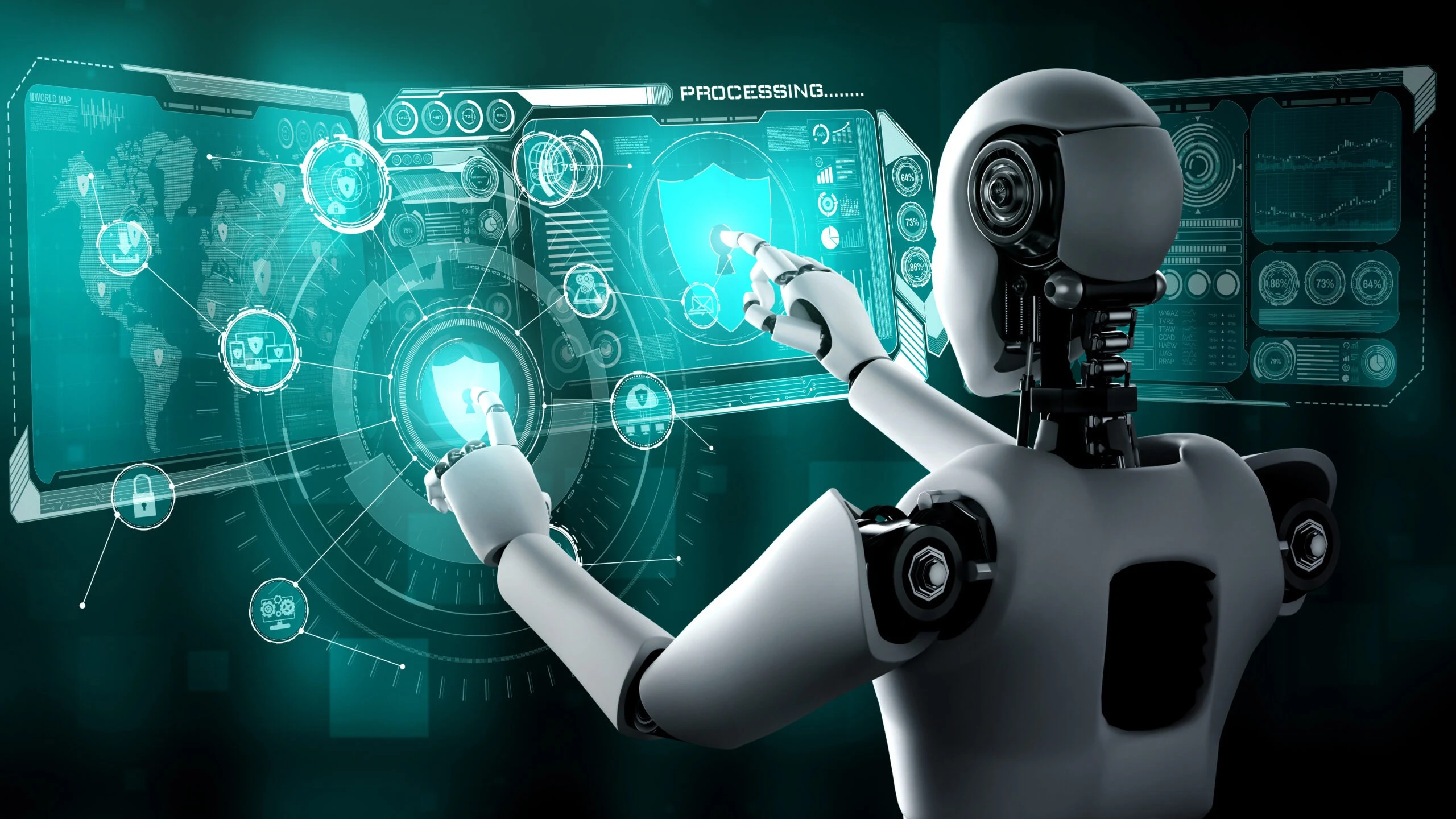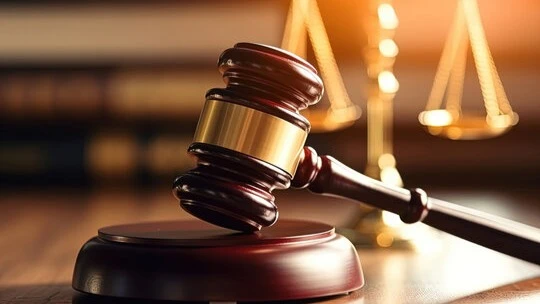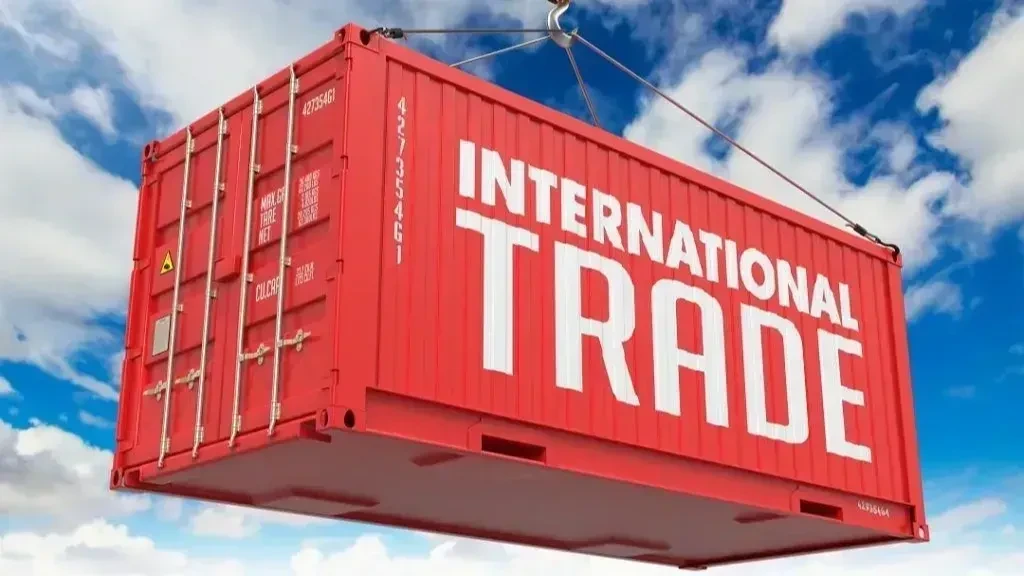Despite snags, AI has role to play with respect to court proceedings

A court judge has lately stated the case for the use of artificial intelligence (AI) in case procedures, noting that it is no longer optional but necessary in strengthening judicial decision-making.
According to the judge, that implies enhancing access to justice and is reason enough for the need to keep harping on the importance and relevance of engaging AI in courtrooms.
The judge is reported to have shared practical insights into how AI can support legal research, streamline court operations and reduce case backlogs such that members of the judiciary and other law-enforcement stakeholders need to embrace the relevant tools in their daily operations.
He said he stood convinced that AI is a powerful tool that can help judges, magistrates and legal officers deliver timely, accurate and well-reasoned judgments.
Thus, he saw integrating AI into judicial systems as not just a trend but also pointing to the inevitable evolution of the court case handling process.
The judge cited tools such as Quillbot as crucial in summarising legal texts as well as drafting or reviewing decisions for grammatical consistency.
That is one of the functions that would ordinarily make law chambers hire numerous assistants just finishing law school or college.
Yet, as the judge argued, work that a prosecution assistant or law firm’s filing official would take weeks to do, the soft and strategic touching of AI buttons could complete in a matter of minutes.
The judge admitted that his own reasoning and findings were at times tested by being put to an AI application, in part with Quillbot helping even in scanning court judgments to discern minor errors.
Such AI scanning could even upset the whole judgment if a specific supposition was out of context. In other words, it is likely for AI to show a judge or a magistrate minor errors or even unearth absurdity in how cases are handled.
There will definitely be testy grounds where the application of AI tools will have a fairly limited impacts, as this is usually best when applied as a tool of science.
That would mean where a process leads to results and judges reach their verdicts, while definitely not all angles to a dispute will be visible in taking up such tools.
With that, magistrates or judges may reach definite conclusions basing on the technical use of AI tools but with judgment still having to consider the social context in which the facts of the case are anchored.
That is why institutions like land tribunals and the Commission for Mediation and Arbitration will still have to make real judgment or arbitration for wider social efficacy.
Top Headlines
© 2025 IPPMEDIA.COM. ALL RIGHTS RESERVED

















